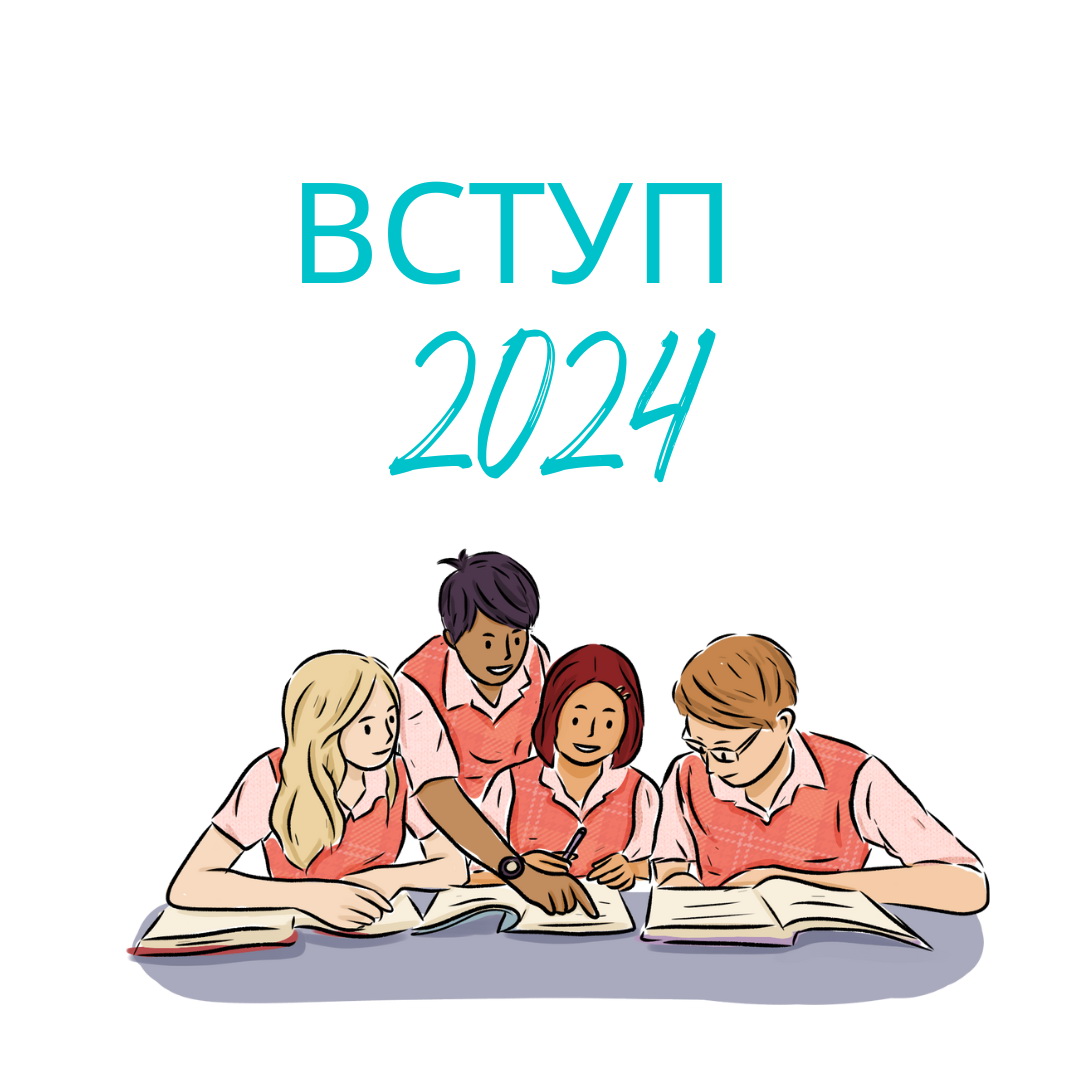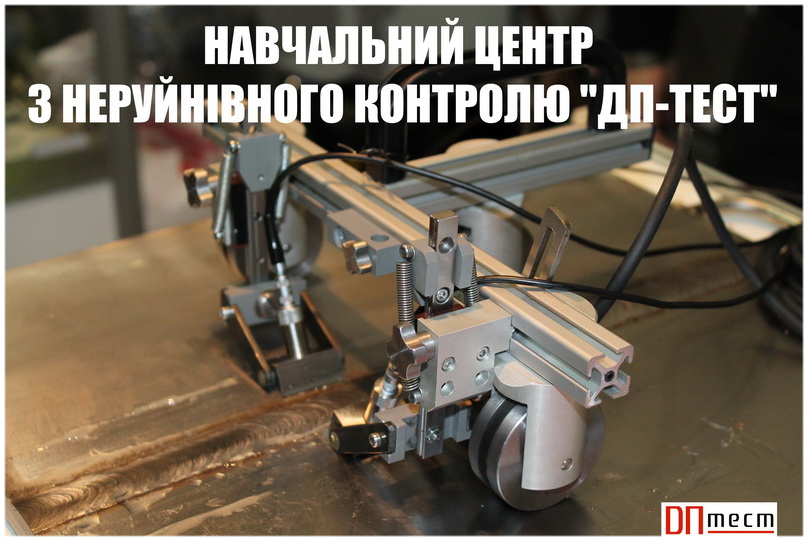The bachelor's degree project focuses on the relevance of the issue of automation of the technological process of replacing fuel elements (TVELs) at nuclear power plants. Due to the increased danger, complexity of the design and limited access to the service area, the need was identified to develop a robotic manipulator that will ensure safe, accurate and reliable manipulation of fuel elements.
On the basis of an analytical review of the current state of nuclear energy, the design of fuel cells and methods of their movement, a technical assignment was formed for the development of an electromechanical manipulator with a mechanical grip.
As part of the project, a three-dimensional 3D-model of the structure was designed and a physical prototype of the device was built.
The design of the manipulator involves a modular construction with three degrees of freedom along the coordinate axes of the abcys (X), ordinate (Y), applique (Z) and a gripping mechanism of the "grab" type. The grip is equipped with a claw angle adjustment system, which allows adaptation to the geometric features of fuel elements. To implement accurate positioning, stepper motors 28BYJ-48 with gearboxes controlled by the Arduino Mega 2560 Rev3 microcontroller were used. The electrical circuit of the system contains voltage stabilizers, operational amplifiers and key protection elements that ensure stable and safe operation of the entire system.
The performed calculations confirmed the compliance of the parameters of the selected components with mechanical loads. The system operation algorithm implements a fully automated cycle of fuel elements movement, with the possibility of repeating actions without manual intervention. The prototype design was successfully assembled and demonstrated performance, accuracy and stability in the model environment.
The proposed manipulator system is technically sound, energy-saving, adapted to educational and research purposes.
The work consists of an introduction, 3 sections, conclusions, 27 figures, 5 tables, a list of used sources from 19 positions. The total amount of work is 53 pages, of which the main part is presented on 40 pages.
Research advisor: Halyna Bogdan









